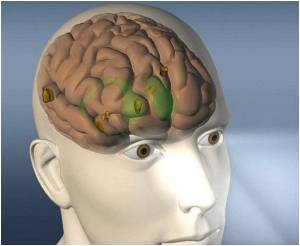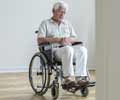
DEKA Research and Development developed the DEKA Arm System for amputees, through funding from the United States Defense Advanced Research Projects Agency (DARPA). Dean Kamen, founder of DEKA said, "One of our dreams for the Luke Arm [as the DEKA Arm System is known informally] since its inception has been to provide a limb that could be operated not only by external sensors, but also by more directly thought-driven control. We're pleased about these results and for the continued research being done by the group at the VA, Brown and MGH." The research is aimed at learning how the DEKA arm might be controlled directly from the brain, potentially allowing amputees to more naturally control this prosthetic limb.
Over the past two years, VA has been conducting an optimization study of the DEKA prosthetic arm at several sites, with the cooperation of Veterans and active duty service members who have lost an arm. Feedback from the study is helping DEKA engineers to refine the artificial arm's design and function. "Brain-computer interfaces, such as BrainGate, have the potential to provide an unprecedented level of functional control over prosthetic arms of the future," said Joel Kupersmith, MD, VA Chief Research and Development Officer. "This innovation is an example of federal collaboration at its finest."
Story Landis, director of the National Institute of Neurological Disorders and Stroke, which funded the work in part, noted: "This technology was made possible by decades of investment and research into how the brain controls movement. It's been thrilling to see the technology evolve from studies of basic neurophysiology and move into clinical trials, where it is showing significant promise for people with brain injuries and disorders."
Source-Eurekalert














